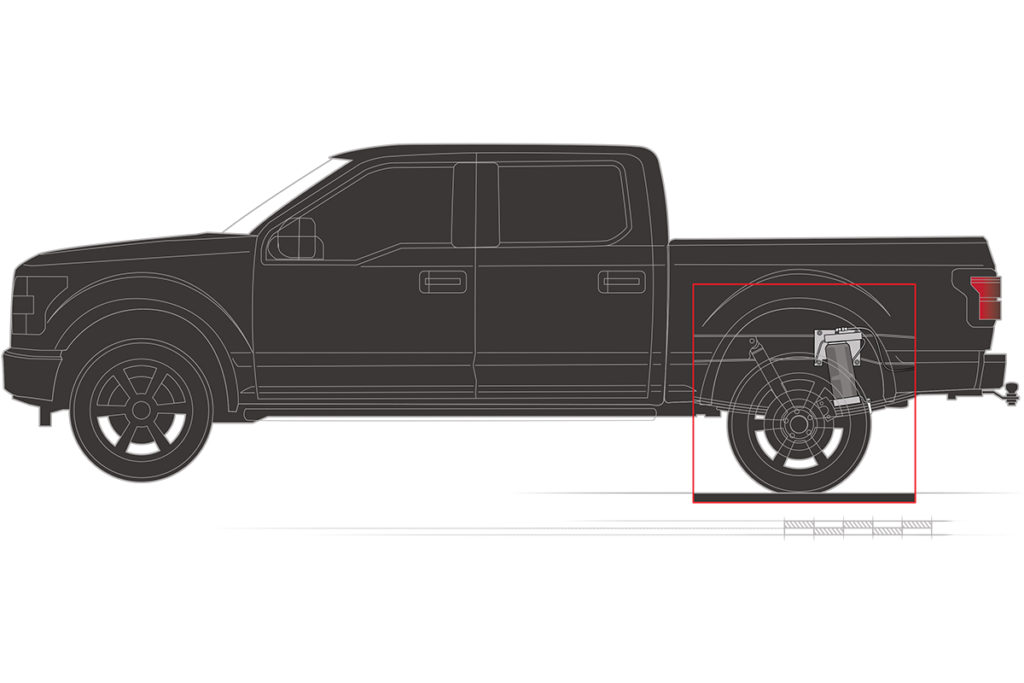
My boat and trailer hit the towing-capacity limit of a ½-ton pickup, but a ¾-ton truck is too bulky to serve as my daily driver. Air Lift has a solution that adds stability and improves my 2015 Ford F-150’s ride characteristics when towing my 8,500-pound rig. The Air Lift Ride Control system tightened up the ride surprisingly well, leveling the truck and trailer, minimizing bucking when crossing humps such as railroad tracks, and also reducing sway.
Installing this Air Lift took more than two hours, but with the tips below, you’ll be able to complete the job in even less time. The F-150 installation is the most complex of any of the light trucks on the market; Ram and Chevy are simpler. If you have ever played with Lincoln Logs, Legos or an Erector Set, you will enjoy this project.
Getting Started
Skill Level: 2/5
Time to Complete: 2 Hours
Tools and Supplies
* Kit No. 59570 ($246.38; autoanything.com)
* 3/8-inch end wrench
* 3/8-inch socket driver, ratchet and short extension
* 6-inch adjustable wrench
* Bench grinder or hand grinder
* Box cutter with a fresh blade
Installation Tips
Mark the jounce bumpers right and left on the outside edge so you know which side of the flange to grind off.
Trim the air lines to perfectly crisp, square ends. If you don’t, the snap connectors may not seal. We used a new bladed box knife. You can buy a tubing cutter at the hardware store.
The instructions say to mount the Schrader valves in the license-plate area of the bumper, but we actually used the plate’s bottom bolt holes and the drilling was less strenuous.
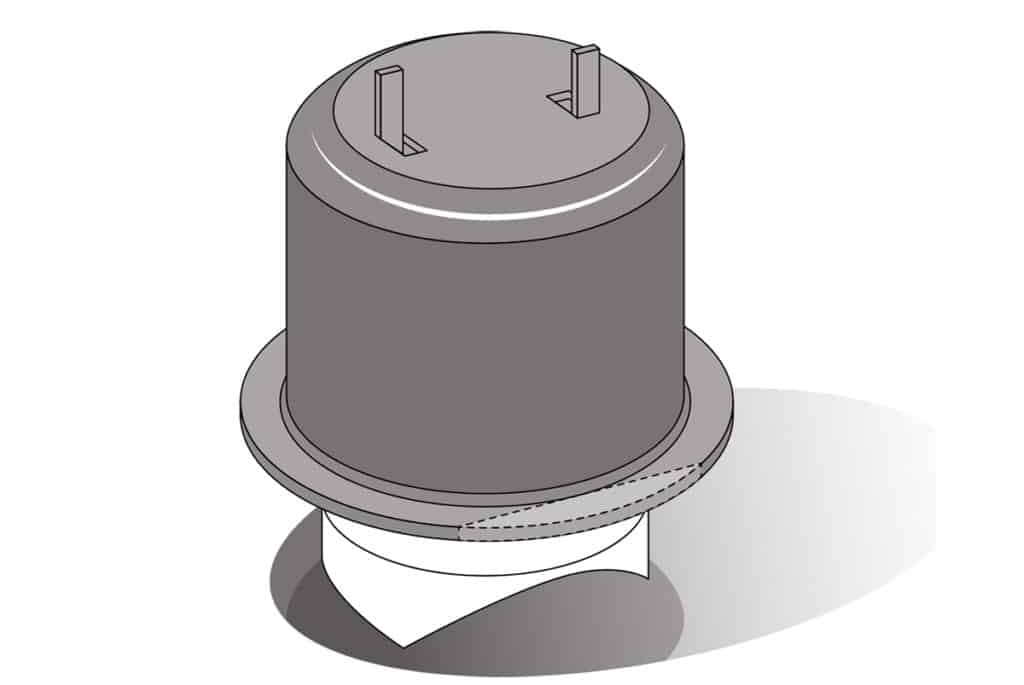
1. Jounce Bumpers
Set the rear axle on jack stands and remove the wheels. Remove the jounce bumpers and grind off the flange on the outside edge of each, and then paint the bare metal black. This gives clearance for the air bladders.
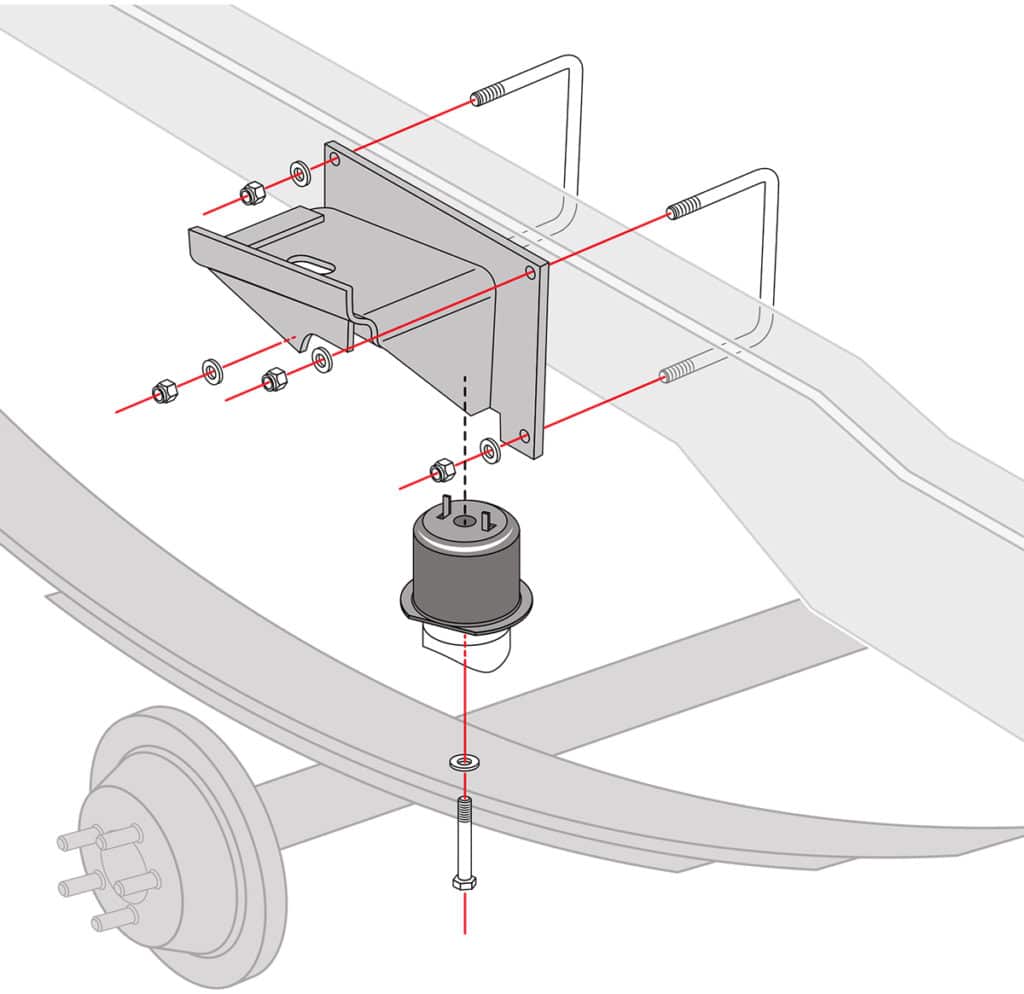
2. Upper Bracket
Attach the upper air-spring brackets with U-bolts. There are cables and brake lines along the frame, so be sure to slide out the U-bolts from inside the frame and under all cables and lines. Bolt the upper bracket finger tight and reinstall the modified jounce bumper through the bottom of the top air-spring bracket.
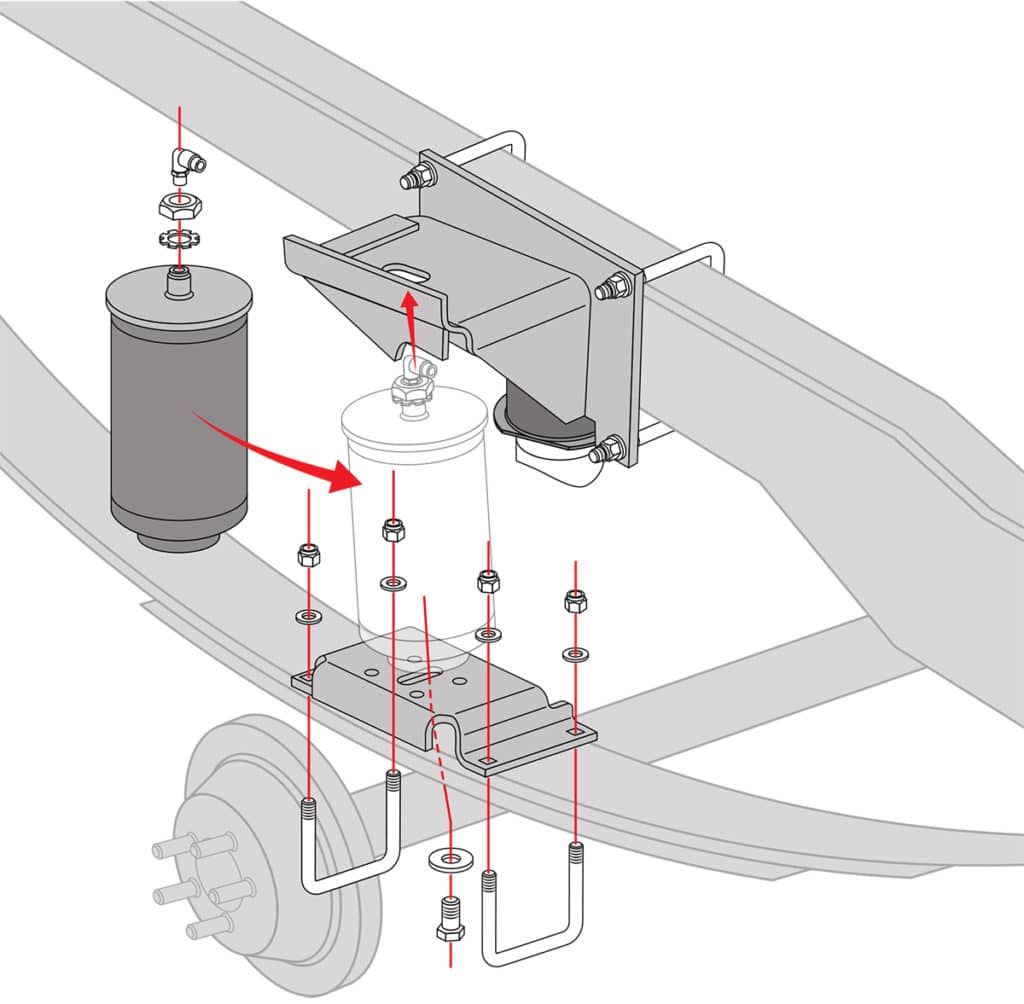
3. Air Spring
Bolt the air spring to the bottom bracket. Screw the air fittings into the top of the air spring. Set the spring and lower bracket assembly on the leaf spring directly below the upper bracket and fit the air port through the top bracket. Fasten U-bolts finger tight. Slip the washer and jam nut over the air fitting and tighten it finger tight.
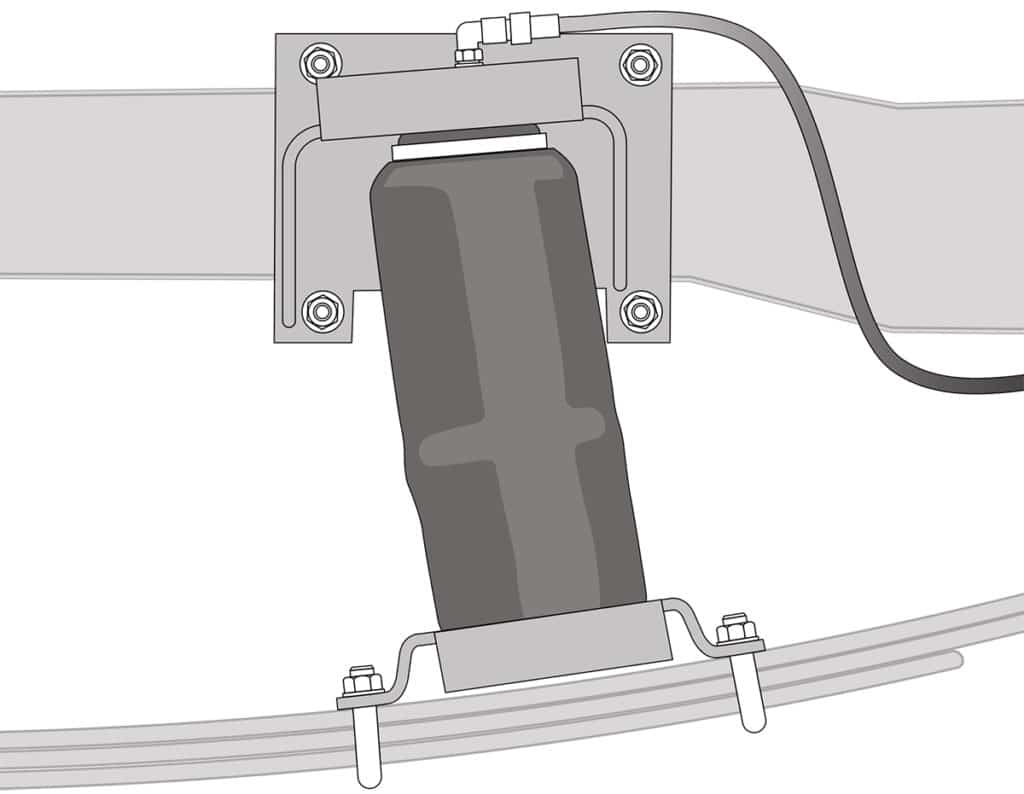
4. Install Air Lines
Run air lines rearward from each air spring. On the Ford truck, it was easy to slip them between the box frame and the bed corrugations, keeping them safe from road hazards. If this doesn’t work on your vehicle, use zip ties to secure them to the frame. Ford prefers that no holes be drilled in the aluminum frame and body parts to avoid corrosion from dissimilar metals of screws or fasteners.
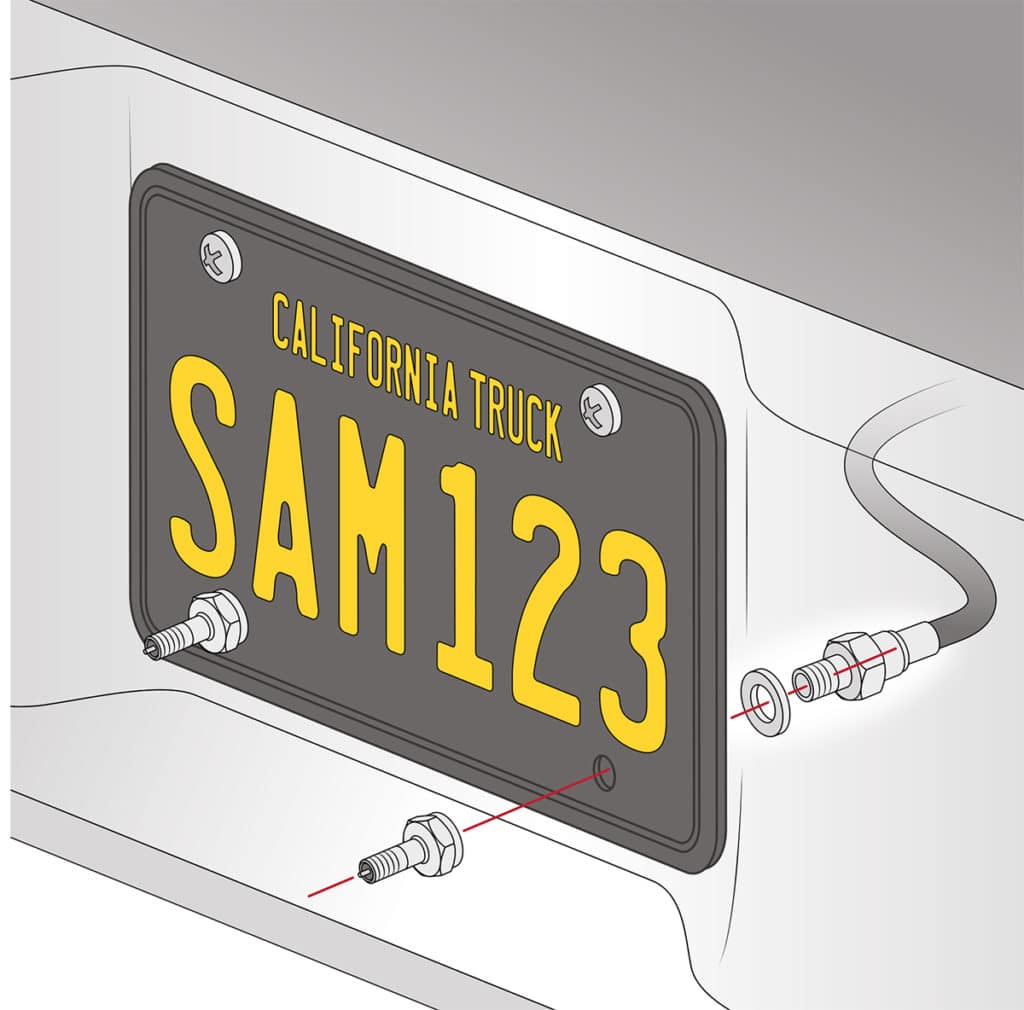
5. Shrader Valves
Install left and right Schrader valves through a steel area on the bumper. Inflate the springs to 5 psi and align them to fit perpendicular to the upper and lower brackets. Torque all the bolts and the jam nuts on top of the air-spring air ports and inflate to 30 psi. Spray soapy water on all the connections, looking for bubbles. Overnight, immediately after installation, the system can lose 2 to 4 psi, but if it loses more than 5 psi, inspect for leaks again.
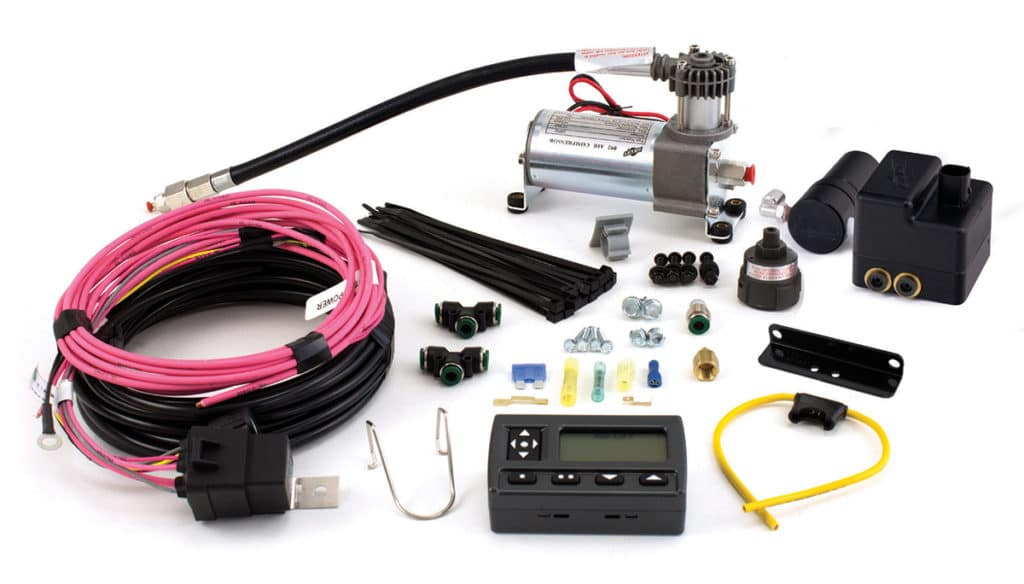
It is a simple matter to adjust the air springs after hitching the trailer or deflate them to a street-ready level of 5 psi when unhitched. But if you want a more seamless system, WirelessAir (No. 72000, $419.99; autoanything.com) connects to the air springs and maintains the ideal psi for a safe ride. A dual-channel system even allows inflating one side to a higher psi to account for an uneven load. You control it wirelessly from inside the cab. WirelessAir









